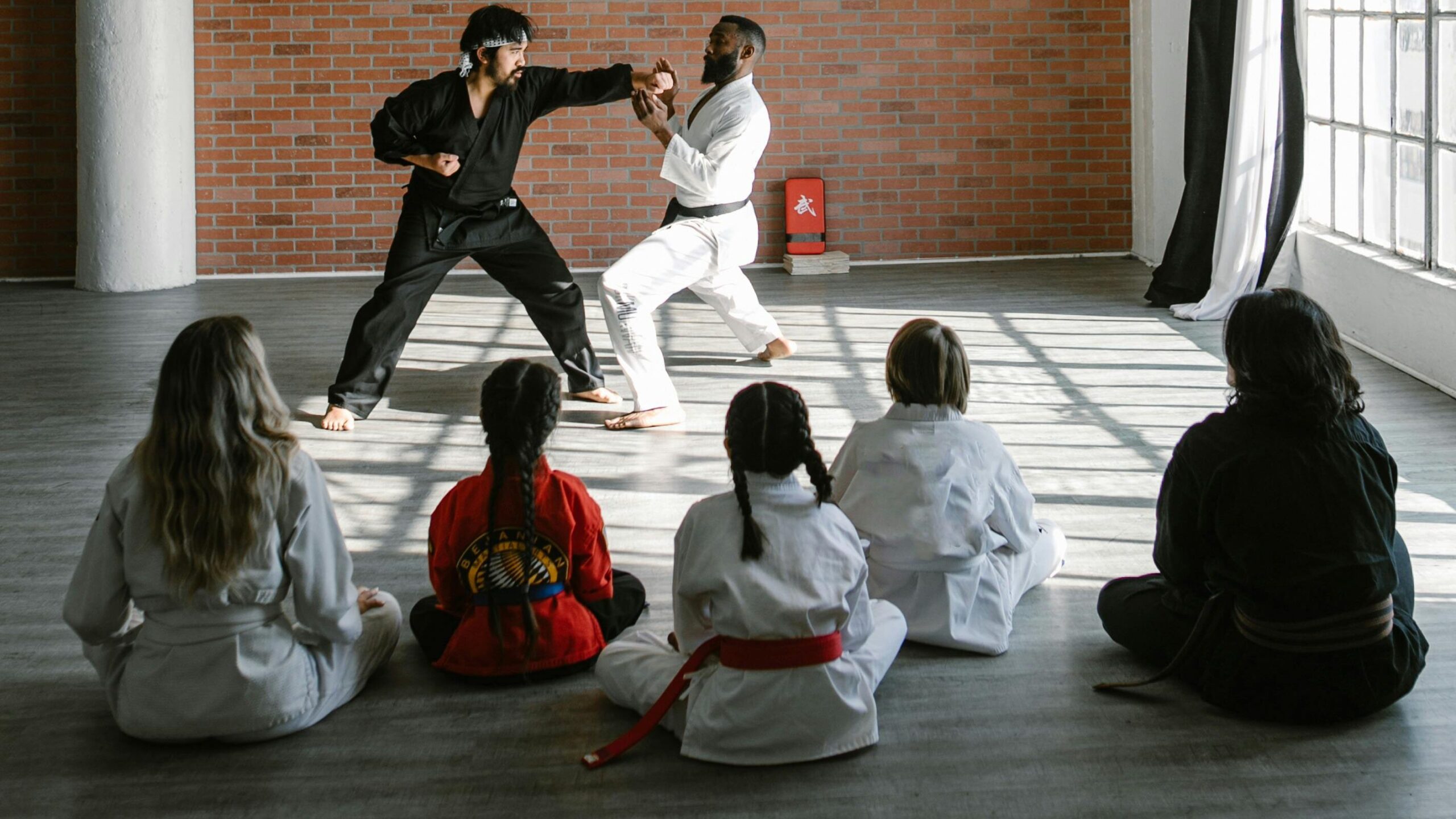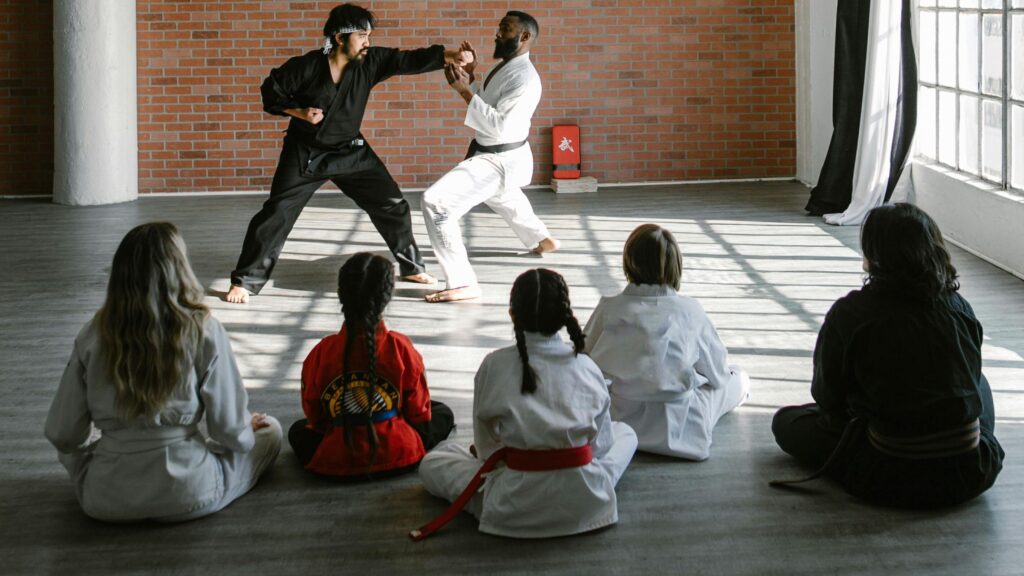Your basket is currently empty!

We have hare all, at some liives, watch out or practiced a sport. On Some Occasions, We Come Across Disciplines that Seeem Simple and Think: “Anone Could Do This.” OTher Times, we See Sports That Applex That We Don'ta Daen Dare to Try Them. Today, we aim to reflect on a question many of us have aspired: what is the most differential sport in the world?
The Answer is not straightforward. The difficulty of a sport cannot be determined just by looking at it, as it depass on multiple fars. To organise our analysis, we Will Focus on Four Main Groups:
- Physical and Anthropological Qualities
- Motor Skills
- Cognitive and Strategic Factors
- External and Environmental Factors
1. Physical and Physiological Qualities
These Constitute for the Foundation on WHich Sporting Performance Is Build. They are the set of capabilities that allow the body to execute, Sustain, and optimise movement under Various Demands: From Lifting A Heavy Load, Endureing A Long-Dance Run, To React in Fractions of A SECOND. These Qualities Combine Two Dimensions: On One Hand, İnte Hand, İntrinsic Factors Related to the Individual's Genetic Makeup (Such as the Predominance of Certain Muscle Fibre Fibre Types Or Body Morphology); and on the other, Trainable Factories That Deep on Systematic Practice, Planning, and Physiological Adaptation to Exercise. Understanding This Duality is Key to Appreciation Who Sports Are More Accessible for Certain People and Far More Challenging for Others, and WHY DIFFICULTY IS SLELELY ABout Physical Effort, But Also the Body's Ability to Respond.
- Strength: The Ability of the Neuromuscular System to Generate Tension and Overcome Resistance. Evident in Disciplines Such as Weightlifting, where lifting extreme Loads Demands Both Maximum Strength and Intermuscular Coordination. It is mainly trainable, Although body Structure (Bone Lever Lengths, Muscle Mass) Can Provide Intrinsic Adgandages.
- Endurance: The Ability to Sustain Effort Over a Prolonged Period, Delaying Fatigue. It can be aerobic, as in in marathons Or Long-Dance Cycling, where Cardiorespiratory is paramount, oraerobic, Critical in Short, Intense Events Like the 400-Metre Sprint Or 100-Meter Swimming. Endurance is trainable, though intrtrsic factories such as lung capacity or capillary density make a differential.
- Speed and Explosiveness: The ability to react quickly to a stimulus and achieve maximum acceleration in minimal time. See in Sprinters or Footballers Containing A Ball. Who Trainable Through Technique and Power Development, it HEAVily DEPENDS ON Predominance of Fast-Twitch Fibres, An intrinsic factor.
- Flexibility and Joint Mobility: Allow Wide and Effement Movement with the limitations. Essential in Sports Like Rhythmic Gymnastics, Dance, Or Martial Arts, Where Amplite and Fluidity Determine Execution Quality. Highly Trainable, Though Some Indivials, Natural Predisposition due to More Lax Joints.
- Body Composition and Muscle Fibres: Refers to the proportion of Muscle Mass, Adipose Tissue, and Predominance of Fast Or Slow Fibres. This Directly Influences Performance: Sprinters Often Benefit From More Fast-Twitch Fibres, Who Endurance Athletes Have More Slow-Twitch Fibres. Mostly intrinsic, but optimisable through training, Nutrition, and Physiological Adaptation.
2. Motor Skills
Motor Skills Are The Functional Foundation that Transforms Physical Qualities into Effective Movement with a Sporting Context. Unlike Physiological Qualities, Which Largely Depend On Genetics, Motor Skills Are Mostly Trainable, Emerging From Learning, Practice, and Balyy Adaptation to Specific Tasks. They can be classified into basic skills, inherent to human motor Development (Walking, Running, Jumping, Throwing, Catching), and Complex Skills, Which involve Combinations of Finer They Also Relalate Directly to the Ability to Use Space on Three Levels: Personal (Control of One's Own Body), Peripersonal (interaction with Nearby Objects or People), and Extrapersonal (Adaptation to the Environment, Terrain, Or opponents). Developing these skills are crucial to undertanding?
- Basic Motor Skills: Include Actions Sup As Running, Jumping, Throwing, Or Catching, Who Serve As The Foundation for Oh Sporting Abilies. For instance, a child learning to coordination a jump improves their changes in sports like basketball or volleyball. Essentially Trainable, Though Neuromotor Maturation Sets an intrtinsic Acquisition Rate.
- Complex Motor Skills: Combine Precise and Coordinated Movements Requiring More Control and Learning. See in Gymnastics or Diving, Integrating Twists, Jumps, and Landings. Mostly Trainable, Depending on Basic Motor Skill Foundations.
- Coordination and Laterality: The Ability to Synchronise Arms, Legs, Eyes, and Ears for Fluid, Effective Movement. Laterality Defines Body-Side Preference (Right-Or Left-Handed), Affecting Technique in Sports Like Tennis Or Boxing. Coordination is high -trainable; lateral preference is ist.
- Agility and Reaction Time: Allow Rapid Adaptation to Changes or Response to Stimuli in Fractions of A Second. Essential in basketball for sudden direction. Trainable, Though Neuronal Processing Speed Has Intrinsic Elements.
- Spatial Perception and Control: The Ability to Orient Relative to Oteself (Personal Space), Nearby Objects/People (Perresonal Space), Extrapersonal Space). For Example, A Football Goalkeeper Must Master All Three Levels: Their Body, The Approaching Ball, and Opponents' Positions. Fundamentally Trainable, Developed Through Varied motor Experiences.
3. Cognitive and Strategic Factors
These are mental and processing abilities that allow an athlete to make effect decisions, Andelipate Situations, and Adapt to Changing Contexts. Although not dirtly reliant on physical strength or endurace, they are critical in sports reading precision, Rapid Thinking, and Tactical Planning. They Combine intrtinsic Elements, SUCH AS NATURAL CONCENTATION or Memory, with Trainable Elements, Developed Through Practice, Experience, and Spectic Learning.
- Decion-Making: Choosing the Most Appill Activation in Each Moment, Considering Game Situations, Opponents' Moves, and External Conditions. For Example, A Basketball Point Guard Quickly Decides Whom to pass the ball to undefensive pressure. Mostly Trainable, Though Some athletes Possess inherently Fast Analytical Skills.
- Motor Memory and Learning: Recalling and Executing Complex Movement Patterns with Conscious Thought, Like A Gymnast Performing A Routine After MANY REPETTIONS. Trainable, with efficiercy increash Through deliberate Practice.
- Concentration and Emotional Control: Mainining Focus and Regulating Stress Even Under Fatigue. A Penalty ShooTout Goalkeeper Requires Maximum Concentration. Concentration Can Be Trained; Stress tolerance has intrtinsic components.
- Anti -Pattern and Pattern recognition: Predicting opponents' Movements or Game Progression, Like A Tennis Player Anti -Perstruction A Serve Type. Trainable, Though Some Some Athletes Naturally Recognise Complex Patterns More Easily.
- Planning and Strategy: Designing and Executing Short- Or Long-Term Plane Duration Competition. For instance, A Coach Or Cass-Lise Athlete Sequences Moves to overcome an opponent. Trainable, Although
- Adaptability Under Pressure Deepends Partly on Intrinsic Citual intelligence.
4. External and Environmental Factors
These are elements of the surroundings that can significantly influence performance. They are not directly under the athlete's control but require physical, technical, and cognitive adaptation. They demonstrate that sport difficulty.
- Surface or Terrain Conditions: Affect Movement Execution and Safety. Running on Sand, Wet Grass, Or Snow Requires Technique and Balance Adjustments. Trainable, Though Some Athletes Adapt More Naturally.
- Climate and Weather: Wind, Rain, Extreme Heat or Cold Can Chage Intensity and Strategy. A Road Cyclist Must Adapt to Changing Wind and Temperature. Trainable, Though Natural Tolerance Varies.
- Equipment and Sporting Material: Complex Equipment or Coordination With Tools Can Increase Difficulty. Handling an Oar in Rowing or Skis in Downhill Sking Requires Precise Control. Trainable, Though Innate Dexterity Varies.
- Rivalry and Competition: Opponent presence Adds Difficulty, Demanding Rapid Decisions and Adaptation. A footballer reacts in real-time to opponents' strategy. Adaptability is Trainable, Though Pressure Tolerance and Anti -Dimension Have Intrinsic Elements.
- Risk and Extreme Physical Demand: Sports with high injury Potental or Maximal Effort, Like Rock Climbing Or Extreme Sking, Require Technical Control, Strength, Endurance, and Focus. Preparation and Experience Manage These Risks (Trainable), Though Risk Perception and Individual Resilience Are Partly Intrinsic.
Conclusion
Defining A Discipline's Complexity DEPENDS ON MULTIPLE FACTORS: Intrinsic Athlete Qualities, Such As Body Composition, Muscle Fibre Type, Natural Coordination, and Concentration, Alongside Training, Experience, and the Time Devoted to Develioping PhysiSalial, engine, cognitive, and strategic skills. Additionality, Each Sport Presents Unique Challences Related to the Environment, Equipment, and Interaction with Competitors, Machine Difficulty Highty Subjective and Variable.
Annex
To facilitate comarison and allow individues to assess differential perspective, a scoring table can be used for the Four Main Groups of Abilies. Assign a subjective value to each sport Summing This Allows Flexible, Personalized Comparison of Disciplines or Analysis of Who Sports Are More Comphensive or Challenging:
| Sporty | Physical & Physiological Qualities (0–10) | Motor Skills (0–10) | Cognitive & Strategic Factors (0–10) | External & Environmental Factors (0–10) | Total Score (0–40) |
Instructions:
- Assign a subjective vallue from 0 to 10 for each sport in each category Based on Perceived Difficulty or Demand.
- Sum The Values to Obtain A Total Reflecting The Sports Complexity.
- Compare Different Disciplines or Us Analysis Who Sports Are Most Complete Regarding Physical, Motor, Cognitive, and Environmental Demands.
This Methodology Does Not Aim to Create a Definitive Ranking But Provides A Flexible, Customisable Tool to Explore and Reflect on Sports Difficulty from Multiple Perspectives.


Leave a Reply